Well probably we should start by saying ‘Technicolor’ although this was a process that had been around since the mid thirties in film land – but I mention it because it was certainly a big plus for the Cinema in that they had something really good that Television could not compete with.
I just loved the Technicolor prints of the early fifties – to me a colour print that has never been equalled let alone bettered.
BELOW: Cinemascope n- This is the Wide Screen process adopted by 20th Century Fox. It requires a single projector using a wide angle lens to throw a picture two and a half times the width of the normal screen.
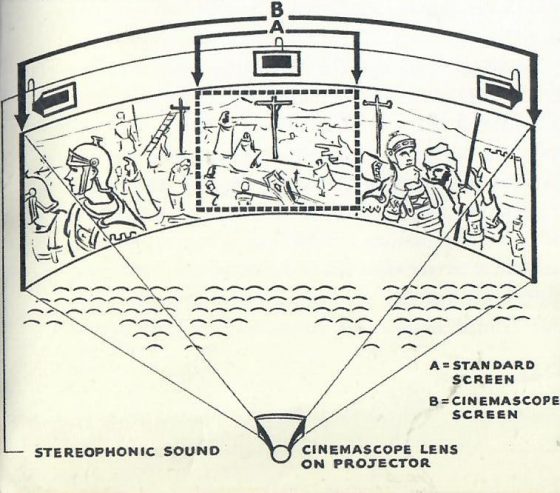
ABOVE – Cinemascope proved to be much more popular and long lasting than the other two – it was branded under different names such as Regalscope and over here Hammerscope for the Hammer Film ‘The Abominable Snowman’
Initially film directors found it difficult to fill the very wide screen – that was relatively easy with an epic type film – such as ‘The Robe’ which was the very first Cinemascope film
As time went on though they just seemed to ignore the format and make the film as normal and that proved the best way
It certainly added to the spectacle at the cinema as you gazed up at that enormous screen and sometimes, depending where you were sitting, or how close you were to the screen. you were turning your head side to side in order not to miss any of the action.
In one sequence of ‘The King and I’ we had Yul Brynner at one side of the screen and Deborah Kerr right at the opposite side talking to each other – it looked good and impressive.
On a widescreen print, only then can the real grandeur, splendour and colour of the enormous sets and opulence of the film itself can be fully appreciated.
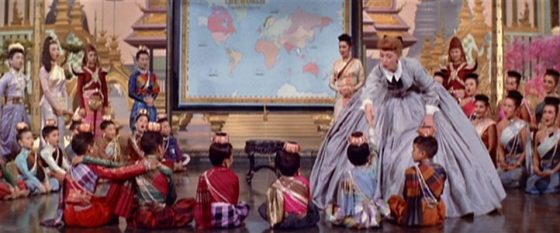
Cinemascope, had been used in the Rodgers and Hammerstein film “Carousel” before this one though
BELOW – 3 D which required us all to wear glasses but in my view it was very effective – I simply loved it.
Robert Stack starred in the first 3D film ‘Bwana Devil’ and he said that during the filming there was little difference only that they face two cameras. When they saw ‘the rushes’ two weeks later he said that they all seemed to have photographed well so they were pleased with that but the extra dimension 3 D dominated every scene.
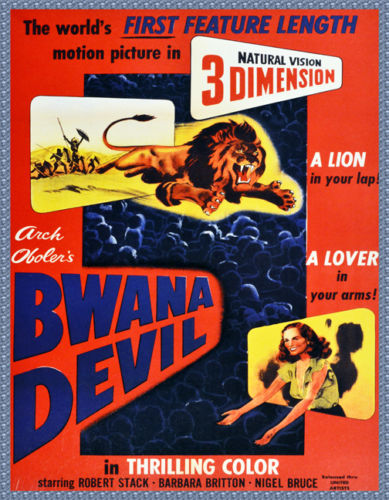
The public loved this 3D experience and the film did well – however the critics were not so enamoured with the storyline and the film itself. However they did not matter – but the 3D experience did.
In fact it was marketed as ‘NaturalVision’ – and the film grossed 5 million dollars against a budget of around 325,000 dollars.
I have also just noticed that Nigel Bruce – so well known to us as Dr Watson – was in this film
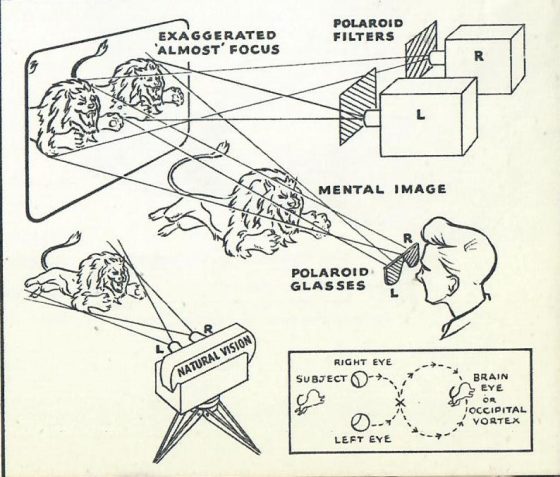
BELOW – Cinerama which requires three projectors which throw three different images onto the very large curved screen which tended to engulf the audience.
I well remember seeing ‘Khartoum’ at the Coliseum in London on a very hot summer day – a few years after this in the mid 60’s
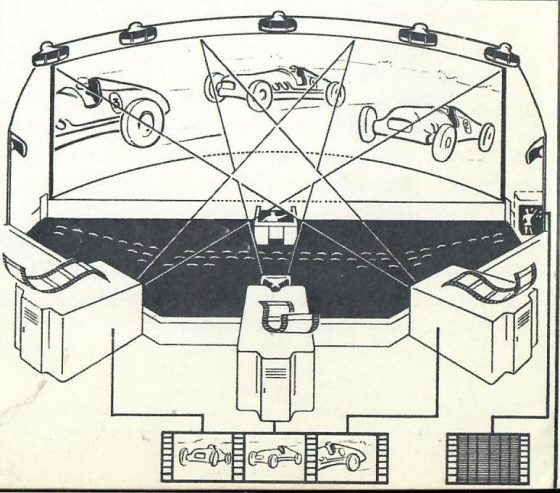
The London Coliseum
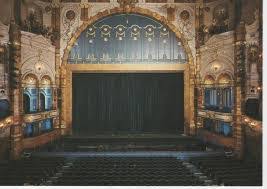
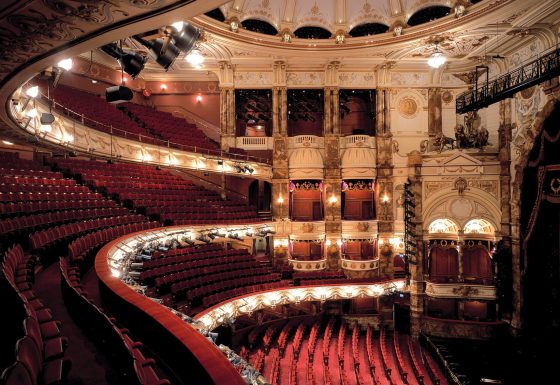
From 16th July 1963 it became the second of London’s four Cinerama theatres, first showing the 3-strip version of “The Wonderful World of the Brothers Grimm” which played for the first 5 months on the largest sized screen in London, the deeply curved 80ft wide, 30ft tall screen. Then from 2nd December 1963 70mm single strip film was shown beginning with “It’s A Mad, Mad, Mad, Mad World. Next came John Wayne in “The Magnificent Showman” from 16th July 1964 until 10th January 1965. Other 70mm films followed including some foreign made ones, then on 14th October 1965 Tony Curtis in “The Great Race” played for 4 months. In April 1966 3-strip Cinerama returned with “Cinerama’s Russian Adventure”. “The Bible…In the Beginning” was screened in D-150 from 6th October 1966 until 3rd June 1967. This was followed by “The Young Girls of Rochefort” in 70mm and several months of revivals and foreign films. “Grand Prix” which was transferred from the Casino Theatre in November 1967 was its next presentation. This was followed by a 70mm blown-up version of Elizabeth Taylor in “The Comedians” and a 70mm revival of Mike Todd’s “Around the World in 80 Days” which opened on 21st March 1968, and was the final film to be shown here, closing on 22nd May 1968.
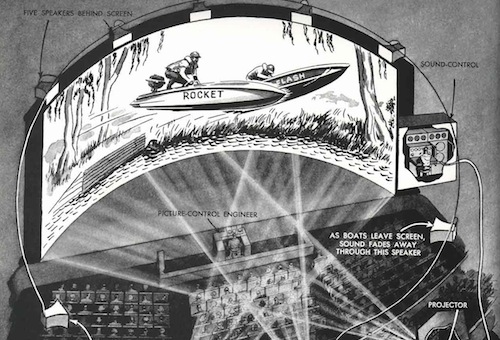
ABOVE – A diagram to show what it was all about

The top illustration of the CinemaScope process must have been part of a publicity package, as at its best CinemaScope was in the aspect ratio of 2.76:1, later standardized at 2.35:1. This picture suggests over a 3:1 ratio. I love th early CS movies with their widest lens by Bausch + Lomb with the pincushion effect. Parallel vertical lines bulged outword. When the camera panned quickly it had an almost dizzying effect.